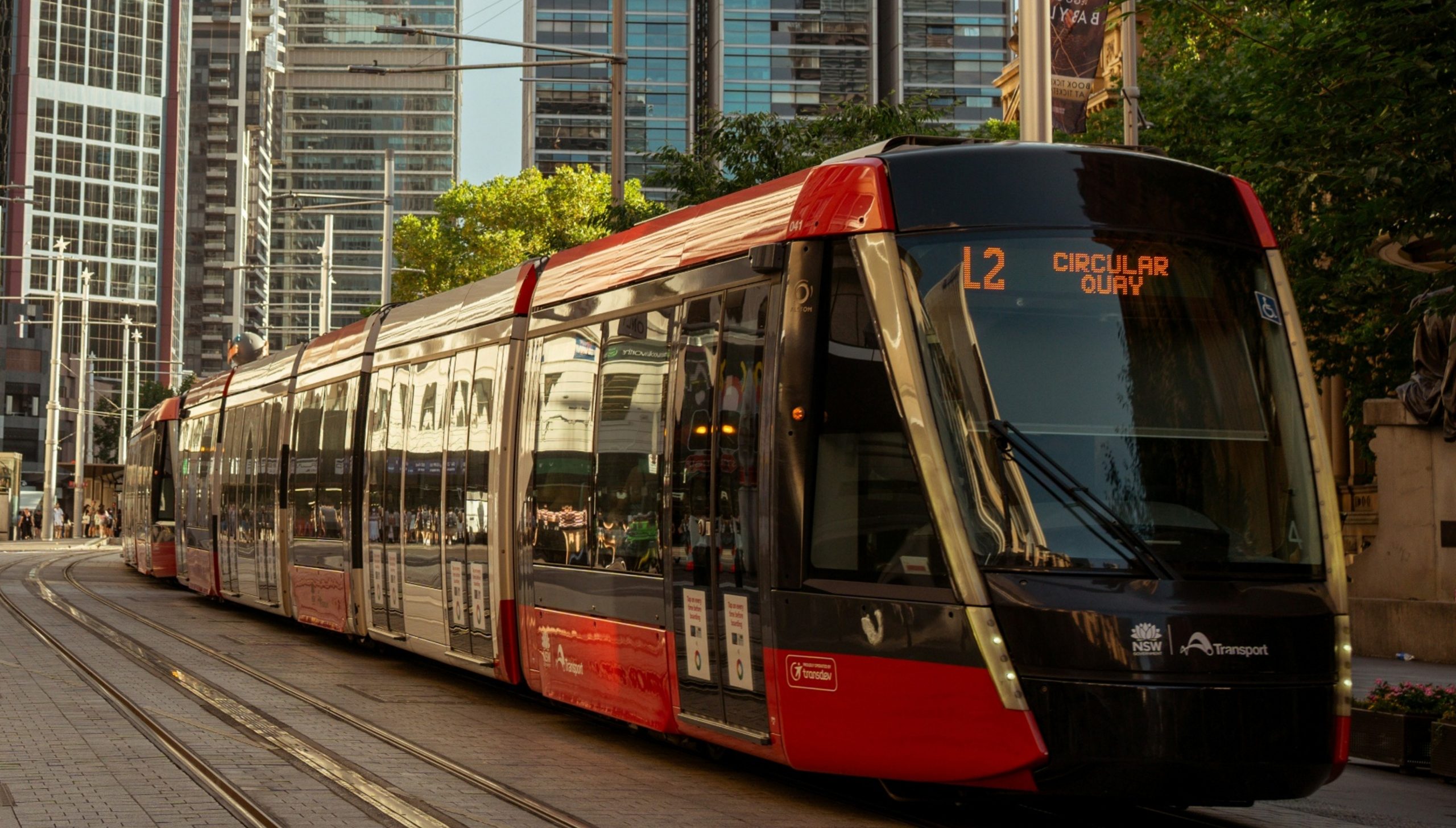New South Wales (NSW) — Australia’s most populous state and home to Sydney — now records the highest fare evasion rates in the country, with nearly one in ten trips going unpaid and annual revenue losses approaching $160 million. What was once thought to be under control has re-emerged on a large scale, hitting buses and light rail services hardest, where open boarding and limited enforcement make it easy to ride without paying.
Rising living costs and higher ticket prices are intensifying the trend. Fares are about 20% more expensive than in 2019, while penalties for non-payment are set at $200, which some riders perceive as low. Many regular riders openly admit to weighing the risk, with some concluding that occasional fines are cheaper than paying daily fares of around $10. For others, the service disruptions during the 2022 floods and rail strikes in Sydney eroded trust in the system, feeding a “why should I pay?” mindset.
The consequences go beyond lost revenue. Transport planners warn that fare evasion undermines data collection from ticket validations, which is crucial for adjusting services to demand. As more riders avoid paying, Sydney’s network loses both funding and reliable passenger information, creating a cycle that can put service quality at risk.
Other Australian states have taken different approaches. Queensland slashed fares to just 50 cents and saw evasion rates halved, while Victoria relied on strict enforcement and frequent inspections to bring losses under control. NSW, however, faces a more complex challenge: its vast network makes fare subsidies prohibitively expensive, while tougher enforcement without addressing affordability risks public backlash.
Experts argue that the most effective long-term solution is not simply harsher fines or subsidies, but ensuring fares remain affordable and services reliable—otherwise, the network risks losing both revenue and public trust.
To read the full new, click here: https://www.theguardian.com/australia-news/2025/sep/22/sydney-has-highest-transport-fare-evasion-rates-australia-what-can-it-learn-from-melbourne-brisbane



